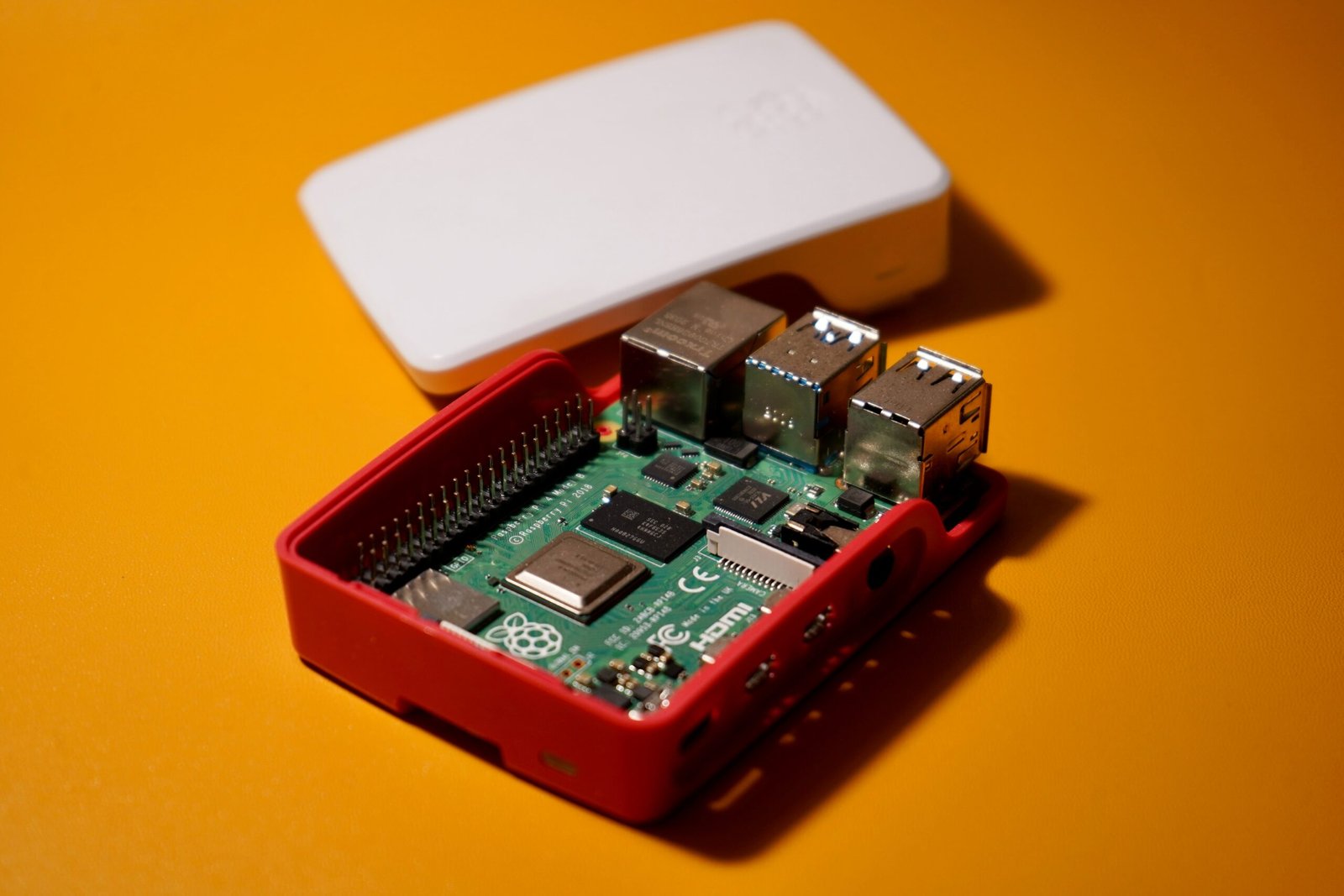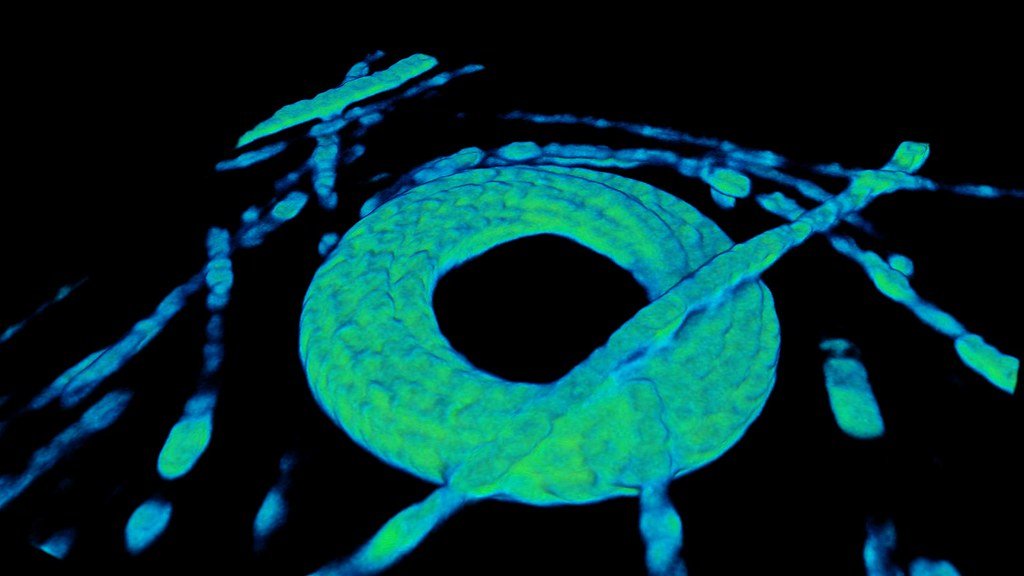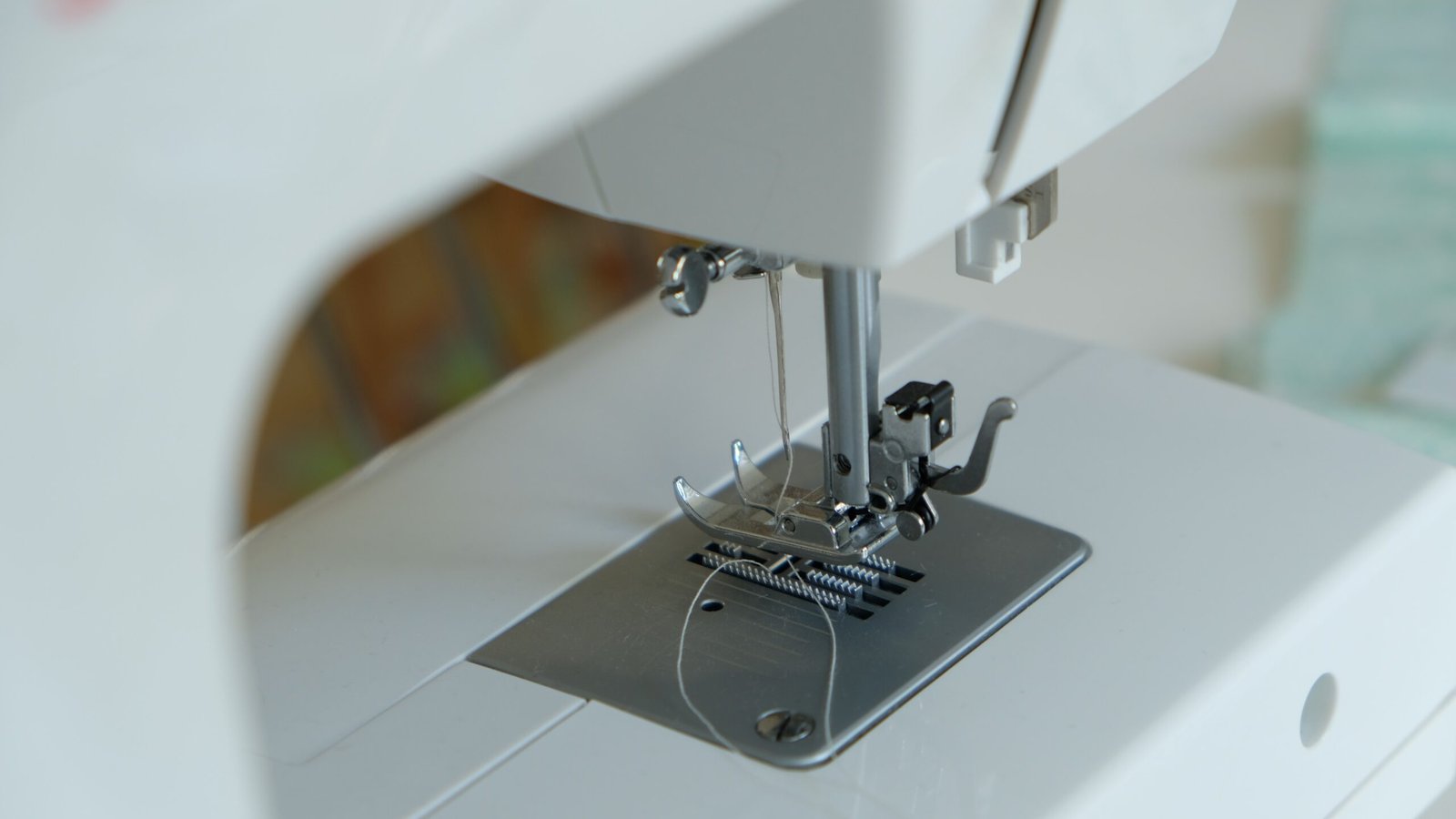Introduction
The Internet of Things (IoT) has revolutionized the way we interact with technology, enabling seamless connectivity and automation in various aspects of our lives. However, one of the challenges faced by IoT device designers is ensuring long-lasting battery life while maintaining optimal performance. In this article, we will explore some essential strategies to design energy-efficient IoT devices that can extend battery life.
1. Optimize Hardware Components
The choice of hardware components plays a crucial role in determining the energy efficiency of IoT devices. By selecting low-power microcontrollers, sensors, and wireless modules, designers can significantly reduce power consumption. Additionally, utilizing energy-efficient components, such as power management integrated circuits (PMICs), can help regulate power consumption and extend battery life.
2. Implement Power Management Techniques
Implementing effective power management techniques is vital for energy-efficient IoT device design. One approach is to use sleep modes or idle states to minimize power consumption during periods of inactivity. By intelligently managing power modes and optimizing wake-up times, devices can conserve energy without sacrificing performance.
Furthermore, designers can employ dynamic voltage scaling (DVS) to adjust the operating voltage of the device based on the required performance level. This technique allows for power savings by reducing voltage when the device is operating at lower performance levels.
3. Efficient Data Transmission
Data transmission is a significant contributor to power consumption in IoT devices. To minimize energy usage, designers should focus on optimizing data transmission protocols. Using efficient data compression algorithms and minimizing unnecessary data transfers can help reduce power consumption during wireless communication.
Additionally, implementing techniques like data aggregation and local processing can reduce the frequency and amount of data transmitted, further conserving energy. By processing and analyzing data locally on the device, unnecessary data transfers to the cloud can be minimized.
4. Energy Harvesting
Energy harvesting is an innovative technique that allows IoT devices to generate their own power from the surrounding environment. By harnessing energy from sources such as solar, thermal, or kinetic energy, devices can supplement or even replace traditional battery power.
Integrating energy harvesting technologies into IoT devices can extend battery life and reduce the need for frequent battery replacements. However, it is essential to carefully assess the energy requirements and available energy sources to ensure reliable and sustainable power generation.
5. User Interface Optimization
The user interface (UI) of an IoT device can significantly impact its power consumption. Designers should focus on creating an intuitive UI that minimizes unnecessary interactions and reduces display time. Utilizing low-power display technologies, such as e-ink or OLED displays, can further enhance energy efficiency.
Additionally, incorporating smart power management features, such as automatic screen dimming or sleep mode activation, can help conserve energy when the device is not in use.
6. Firmware and Software Optimization
Optimizing firmware and software is crucial for energy-efficient IoT device design. By employing efficient algorithms and coding practices, designers can minimize processing requirements and reduce power consumption. This includes optimizing sensor sampling rates, implementing efficient data storage, and utilizing power-friendly programming techniques.
Regular software updates and bug fixes are also essential to maintain optimal performance and address any energy-draining issues that may arise.
Conclusion
Designing energy-efficient IoT devices for long-lasting battery life requires a holistic approach that encompasses hardware, power management, data transmission, energy harvesting, user interface optimization, and firmware/software optimization. By implementing these strategies, designers can create IoT devices that not only extend battery life but also deliver optimal performance and enhance user experience.
As the IoT continues to evolve, energy efficiency will remain a critical consideration. By prioritizing energy-conscious design principles, we can contribute to a sustainable and connected future.







